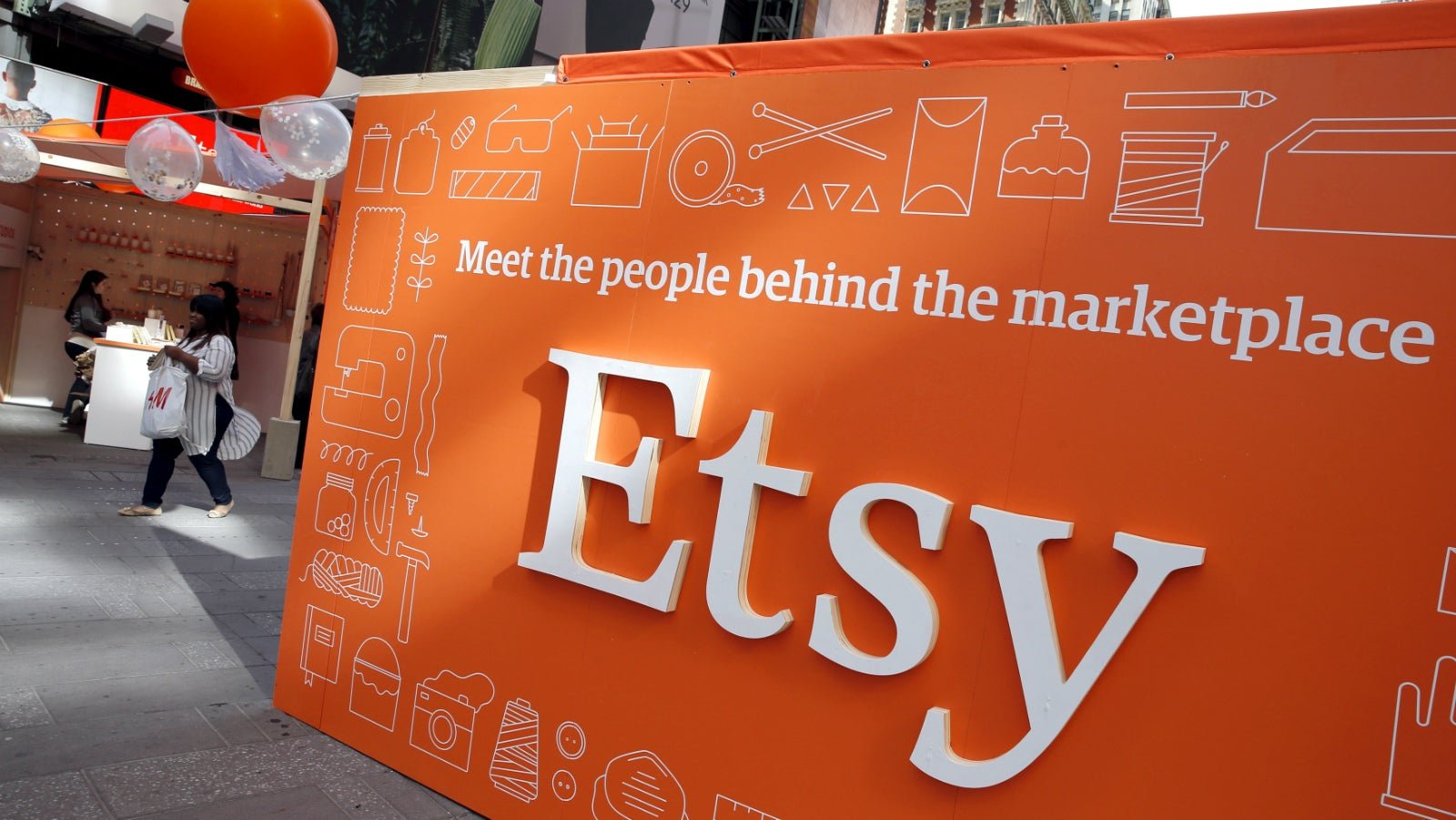Etsy has a plan to corner India’s crafts market
For years now, Indian artisans have been selling through Etsy, the e-commerce marketplace focused on handmade or vintage items. But with demand for handicrafts from the country on the rise, the NASDAQ-listed firm has now set up a dedicated team in India to onboard more sellers.


For years now, Indian artisans have been selling through Etsy, the e-commerce marketplace focused on handmade or vintage items. But with demand for handicrafts from the country on the rise, the NASDAQ-listed firm has now set up a dedicated team in India to onboard more sellers.
This is among the first such seller-focused teams formed by the 13-year-old company which boasts of 35 million shoppers globally.
“India is an interesting market for us, we have always had a lot of sellers and buyers from India,” Himanshu Wardhan, Etsy’s managing director for India, told Quartz in an interview. ”Now, with the growth in e-commerce, we are seeing a lot of creative entrepreneurs come online on Etsy and do very well. So we decided that it is the right time to get here and have a presence.”
Wardhan joined Etsy last year after a stint at crafts-based e-commerce website Craftsvilla. His mandate is to scout for interesting products and designers from both urban and rural India.
Made in India
The recent e-commerce boom has put millions of Indians at ease with online trade. And the country’s 500 million-strong internet user base will grow exponentially in coming years with cheap smartphones and falling data rates.
“While there has been a growth in e-commerce here, we have also seen interesting organic activity on Etsy coming from India, without us having to do much,” Wardhan said. Of the 50 million product listings on Etsy’s website, some 650,000 are from Indian sellers, he said. They sell ethnic jewellery, traditional clothes, parasols, fabrics, bed-covers, and quilts, among other items.
The company, however, did not disclose the number of registered Indian sellers.
Meanwhile, queries on Indian products are on the rise. In 2017, for instance, searches for Indian fabric and block prints were up 16% and 11% year-on-year, respectively, while those for jewellery surged 34%.
And Etsy has taken note. It is targetting independent designers with limited capital or traditional artists working in remote areas. ”Wherever there is a certain density of creative people, we’d want to cover that,” Wardhan said, declining to reveal the company’s near-term target.
India and Etsy
Etsy isn’t alone, though.
Last month, Facebook-owned Instagram held its first fashion masterclass in Delhi to build on a growing interest from small designers using the image sharing platform to launch their products. . E-commerce portals like Amazon and Flipkart, too, have been bringing small-scale artisans on board.
“There will always be a play outside Amazon and Flipkart for companies like Etsy in India,” said Yugal Joshi, vice-president, at consulting and research firm Everest Group. “Niche segments such as fashion and handicrafts have potential outside of the big online stores. Since it is more of an involved purchase, consumers might want to pick a specialist.”
Joshi warned that the reach of portals like Etsy in the long-run will remain limited.
But Etsy is trying to not let that happen. Among other things, the company is hosting workshops to introduce existing and potential sellers to each other. “Our teams are also physically going to local bazaars or looking at the online database to find interesting products,” Wardhan said.
However, it will take some time for Indian shoppers to be able to buy from Etsy locally. Right now, they pay in dollars, apart from paying customs duties on certain items too.
“Our focus is on the seller side, but buyer opportunity exists, too,” Wardhan said. “Especially because India is a big e-commerce market and we will be looking at those opportunities of the various things we can do.”